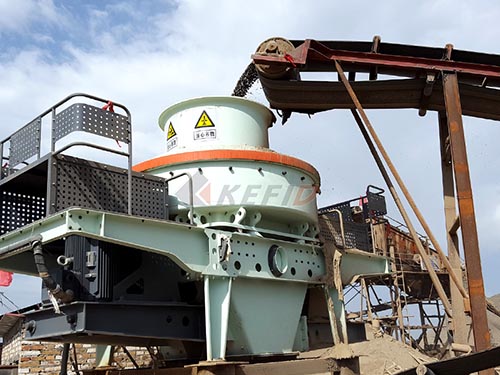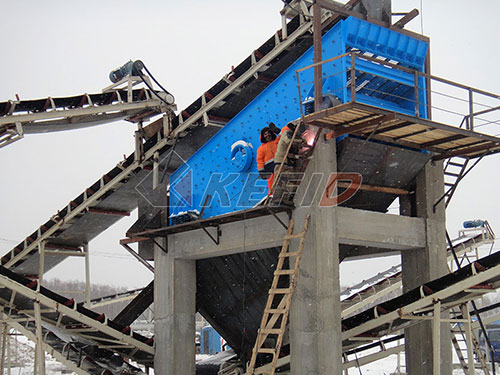Crush And Run 1 Ton Covers
Crush & Run: Mastering Coverage with 1 Ton – Your Essential Guide
Crush and Run gravel – also known as Crusher Run, Quarry Process (QP), or Dense Grade Aggregate (DGA) – is the unsung hero of countless construction and landscaping projects. Its unique blend of angular crushed stone and fine stone dust creates a remarkably stable, compactable base crucial for driveways, walkways, patios, foundations, and road sub-bases. One of the most frequent questions surrounding this versatile material is: "How much area will 1 ton of Crush and Run cover?" Understanding this is key to efficient project planning and budgeting.
Why Coverage Matters
Knowing the coverage per ton isn't just about avoiding multiple trips to the supplier; it's about precision:

1. Accurate Material Ordering: Prevents costly over-ordering or frustrating delays due to under-ordering.
2. Project Cost Estimation: Allows for precise calculation of material costs based on your project's square footage.
3. Logistics Planning: Determines hauling requirements (truck size, number of loads).
4. Labor Efficiency: Helps crews plan spreading efforts effectively.
The Million-Dollar Question: How Much Area Does 1 Ton Cover?
There's no single magic number because coverage depends entirely on depth. Crush and Run compacts significantly under pressure or vibration, forming an incredibly solid layer. Here’s a breakdown of typical coverage for 1 ton (approximately 2000 lbs) of standard Crush and Run:
At a 2-inch depth: Covers approximately 80-100 square feet.
At a 3-inch depth: Covers approximately 50-65 square feet.

At a 4-inch depth: Covers approximately 40-50 square feet.
At a 6-inch depth: Covers approximately 25-35 square feet.
Factors Influencing Coverage:
1. Compaction Level: This is paramount! The figures above assume proper compaction. If the material isn't compacted adequately (using a plate compactor or roller), it will initially cover more area but settle significantly later, leading to potential problems like rutting or uneven surfaces.
2. Material Density & Composition: While generally consistent, slight variations in the stone type used or the exact ratio of fines to aggregate can cause minor density differences between suppliers or batches.
3.


